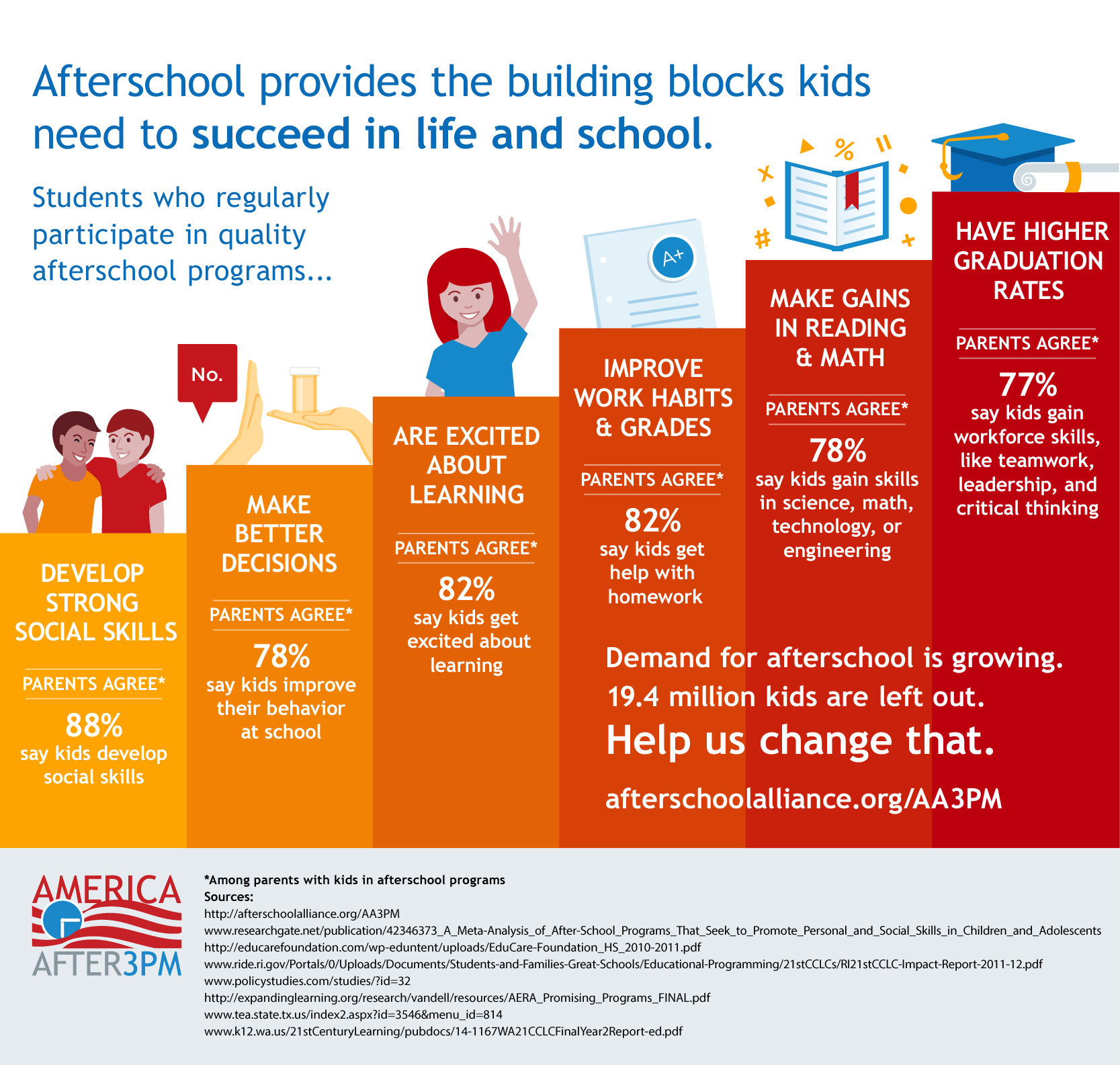
- #Undocumented students and higher education infographic full#
- #Undocumented students and higher education infographic professional#
- #Undocumented students and higher education infographic free#
With 95% of entering students testing below college level in math and 45% in English, the College is scaling up reforms in developmental education to ensure retention and on-time completion. BHCC is an urban 2-year public institution serving 19,000 learners annually. Pam Eddinger, PhD, is the president of Bunker Hill Community College (BHCC) in Boston. Kim holds a Master’s in Public Administration from Pace University and a Bachelor’s degree in Communications, Law, Economics and Government from The American University. As a Pell Grant recipient herself, she has a passion for the success of students underrepresented in higher education.
#Undocumented students and higher education infographic professional#
She has worked in the higher education and college access field for her entire professional career, including experience in undergraduate admissions, administration of a last-dollar scholarship program, and a succession of responsibilities at NCAN.

Kim Cook is the Executive Director of the National College Access Network, where she leads its efforts to help states, nonprofit organizations, schools, higher education institutions, philanthropists, and the business community provide better college access and persistence support to low-income and underrepresented students. Kim Cook – Washington, District of Columbia Here are the individuals who will be recognized at the White House on Friday: Follow the conversation at #WHChamps and #CollegeOpportunity. The event will be live streamed on the White House website at /live on Friday, September 30, at 9:00 AM ET. The Champions of Change program was created as an opportunity for the White House to feature individuals doing extraordinary things to empower and inspire members of their communities. Through the President and First Lady’s Call-to-Action on College Opportunity since 2014, hundreds of schools, nonprofits, foundations, businesses, counselors, and other organizations have reported that they have already helped students access more than $5 billion in financial aid, enrolling 1 million more students in college, and setting 10 million more students on track to complete on time within the decade.
#Undocumented students and higher education infographic free#
Over the last seven and a half years, the President has made historic progress on college opportunity – doubling investments in college scholarships through Pell Grants and tax credits, simplifying the free application for federal student aid, calling on Congress to keep student loans affordable by keeping interest rates low, creating better debt repayment options like the President’s Pay as You Earn plan, and promoting innovation and competition to bring down college costs and improve the quality of education. This is especially true for disadvantaged students and those in low-income households. These leaders know, like President Obama, that expanding opportunity for more students to enroll and succeed in college is necessary to strong communities and a strong economy. These individuals were selected by the White House for their leadership and tireless work to expand opportunity for students from all backgrounds to advance to and through college. (Official White House Photo by Pete Souza) To get more reports like this one, click here to sign up for EdSource’s no-cost daily email on latest developments in education.President Barack Obama greets students in the Blue Room of the White House before delivering a statement on college affordability and interest rates on student loans, June 21, 2012. Bill status: Stalled in the Assembly Appropriations Committee, meaning that the legislation now becomes a two-year bill. Last year, about 13 percent of University of California students and 16 percent of California State University students received counseling or treatment, new record highs. Why it’s important: Colleges and universities have said more money is needed to address students seeking help for mental health disorders such as depression and anxiety. Grants of up to $500,000 would then be administered to individual campuses to provide mental health services. Of that $40 million, $10 million each would go to the 10-campus University of California and 23-campus California State University systems and $20 million to the 115-college California Community Colleges system. The bill would allocate $40 million annually from Prop 63 to implement program.

What it would do: AB 1689 would establish the College Mental Health Services Program.
#Undocumented students and higher education infographic full#
Full Circle: California Schools Work To Transform Discipline.Tainted Taps: Lead puts California Students at Risk.Education during Covid: California families struggle to learn.College And Covid: Freshman Year Disrupted.Adjuncts’ gig economy at CA community colleges.California’s Community Colleges: At a Crossroads.



 0 kommentar(er)
0 kommentar(er)
